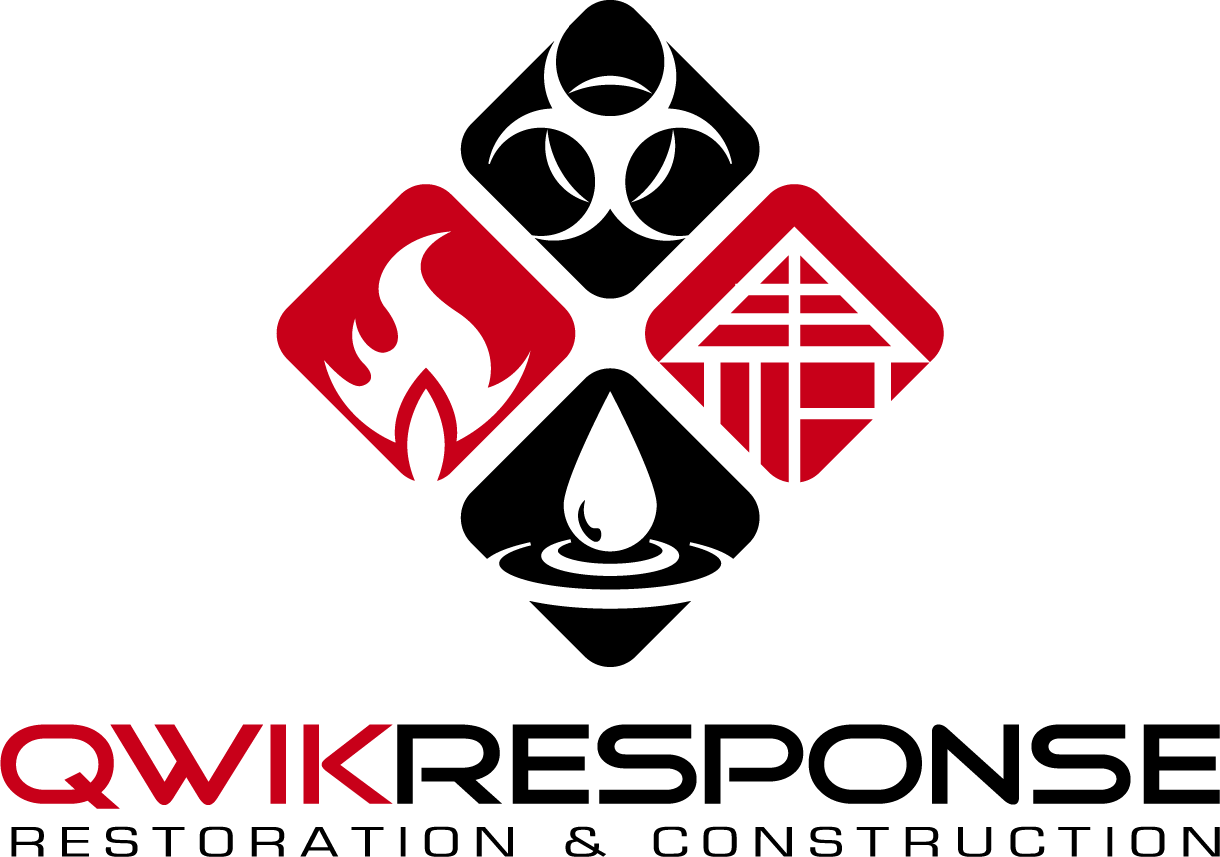Tips on Filing a Homeowners Insurance Claim
Filing a homeowners insurance claim can be a complicated process, especially when dealing with the stress of property damage. However, being prepared and understanding the steps involved can make the process much smoother. Whether it’s a storm, fire, or water damage, following these tips will help you file your claim efficiently.
1. Understand Your Policy
One of the most important steps in filing a homeowners insurance claim is understanding your policy. Knowing what is covered and what is excluded will help you avoid surprises when filing a claim.
Review Your Coverage—Understand your coverage, including limits, deductibles, and exclusions. Policies vary, so it’s important to know what your insurance policy covers and does not.
Keep a Copy of Your Policy—Keep a digital and physical copy of your policy on hand so it’s easily accessible in case you experience property damage.
2. Document Everything
When filing a claim, documentation is crucial. Having thorough records can speed up the claims process.
Take Photos and Videos – If you experience property damage, take photos and videos of any damage.
Make an Inventory of Damaged Items—Create a comprehensive list of lost or damaged items, including their estimated value and the date of purchase.
Save All Receipts—Keep records and receipts of any temporary repairs or expenses related to the damage, such as hotel stays or emergency repairs.
3. Contact Your Insurance Agent
After gathering evidence of the damage, contact your insurance agent as soon as possible. Quick reporting ensures a quicker claims process and could prevent delays.
Have Your Information Ready – When reporting the damage, have your policy number ready, along with damage details and any documentation you have.
Ask Questions – Ask for details about the next steps, including any forms or documents you need to submit.
Keep Track of Your Claim – Note your claim number, who you spoke with, and any other important information.
4. Keep All Correspondence Organized
It’s important to maintain a record of all communication with your insurance company in case you need to reference it later.
Log Calls and Emails – Record dates and summaries of all conversations with your insurer.
Save Copies of Documents – Keep digital and physical copies of claim forms, receipts, and emails to ensure you have documentation if issues arise.
5. Be Prepared for the Future
Planning ahead can simplify the insurance claims process if you ever need to file again. Preparing now can save you time and reduce stress in the future.
Create a Home Inventory – Document all belongings with photos, descriptions, and estimated values.
Regularly Review Your Policy – Insurance needs can change over time. Review your coverage yearly to ensure it aligns with your home's value and possessions.
Take Preventative Measures – Audit your home and make any needed repairs to reduce the risk of damage that could lead to a claim.
Filing a homeowners insurance claim doesn’t have to be overwhelming. By understanding your policy, documenting damage, contacting your insurer quickly, keeping documents and communications organized, and preparing for the future, you can navigate the process with confidence. If you need professional restoration services, QwikResponse Restoration and Construction is here to help. Our experienced team can assist with damage assessment, repairs, and insurance claim support to make your recovery as seamless as possible.
For expert restoration services, contact QwikResponse Restoration and Construction today!

